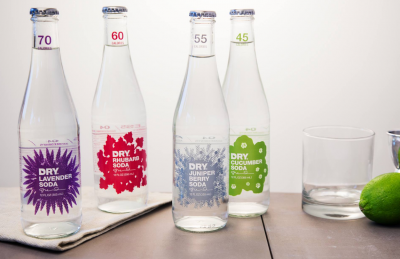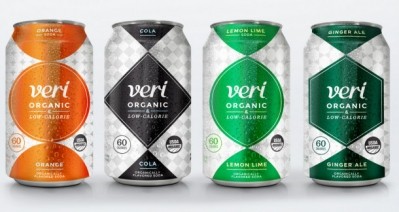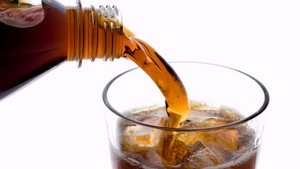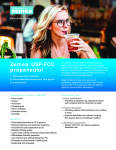3 strategies buoying soft drink sales in the face of volume declines
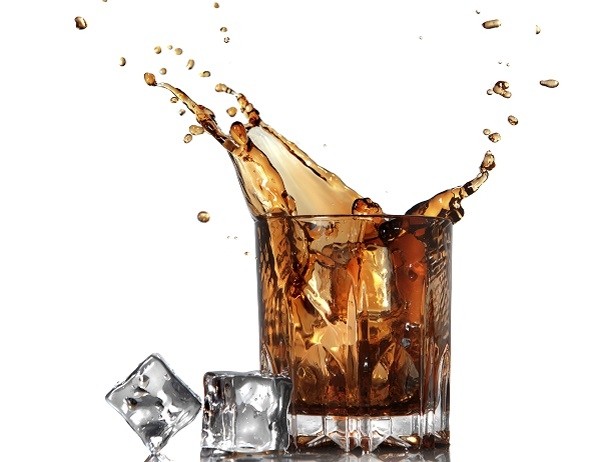
The current landscape for carbonated soft drinks, such as traditional cola and sweet lemon-lime beverages, is undeniably grim, with year over year volume growth falling to about a meager 0.2% in 2015 compared to 1.4% in 2012 and 1.8% in 2010, Euromonitor’s senior beverage analyst Howard Telford said during a recent webinar.
He explained that much of this drop-off is due to consumer concern about sugar, calories, artificial sweeteners and artificial preservatives in the beverages without the trade-off of fortification or functional benefits to incentivize consumption.
But, he added, Euromonitor research reveals that among the consumers who still drink carbonated soft drinks, they do so because they enjoy the taste, refreshment they provide, as an accompaniment to a meal or as a treat.
When these factors are viewed positively instead of as opposing forces, they show that consumer “changes in consumption are not just a threat. They are also leading opportunities for value creation in [carbonated soft drinks],” Telford said.
Specifically, he sees three major areas of growth for traditional soft drink brands.
Small sizes drive larger sales
The first is providing portion control instead of artificial sweeteners and ingredients as a way to keep down the sugar and calories in a serving of soda.
“Since health is a growing focus, consumers seek to avoid the guilt associated with consuming [traditional full-sweetened carbonated soft drinks], however, as the data shows it is unclear whether synthetic or artificial sweeteners of traditional low-calorie products are the clearest way to provide a guilt-free indulgence and win or sustain consumer traffic,” Telford said.
He pointed to Euromonitor data showing the growth of low calorie cola carbonates contracting from a high of about 8% volume growth year over year in 2002-2003 to negative 2% in 2014-2015.
But at the same time, sales of smaller size carbonates – including full calorie and sugar-sweetened alternatives, have far outpaced those of the more traditional larger serving sizes. Telford noted that the fastest growing package is 101-300 ml and it is up about 9% from 2010-2015, compared to the 501-750 ml packaged which is down about 5% in the same period.
He explained this shift by comparing the old and new models of marketing.
“In the mid to longer term, we can consider two quite distinct models for CSDs. In the first, the older model we have multipacks and heavy seasonal discounting and lots of case volume, which has historically been the main metric of growth. We have regular, daily, habitual consumption of CSDs by consumers in the home. We have low unit prices per serving and aggressive competition between cola brands or lemon lime brands to win that price war, and demand for calorie reduction has historically been achieved through artificially sweetened diet and zero calorie brands within the CSD sector and portfolio,” Telford said.
But looking forward, he sees all of this changing. He explained, “in the second model we have single serve occasions, impulse purchases prioritized increasingly over multipacks. We have a consumer who sees CSD as an occasional, refreshing treat – especially when paired with meals and increasingly even in alternative venues like cocktails. We have seen a number of these occasions serve the CSD brands as more accurate measures than total volume.”
Provide more engaging packaging
Beyond downsizing, creating more engaging packaging is helping soda manufacturers more effectively engage with consumers.
For example, the share a Coke campaign with different names on the packages and Pepsi’s campaign with emojis “provided more lift overall and succeeded in getting the brand promoted across social networks and maintaining that relevance with the core demographic in the category,” Telford said.
Crafting new opportunities
A much smaller, but equally effective and important growth driver for carbonated soft drinks is tapping into the craft movement.
“This is still only a niche opportunity in terms of market appeal and it can be overstated sometimes, but what we mean here is unique and bold flavors, natural ingredients, traditional preparation techniques and a focus on small brands that may be perceived as more independent or local or regional,” Telford said.
An example FreshForward Beverages’ Sparkling Bitters, which launched in June, and PepsiCo’s Kola House lounge in New York City, which is a lounge concept where the manufacturer can test flavors and craft appeal, Telford said.
Ultimately, Telford said, if these strategies are followed, consumers may once again see carbonated soft drinks as having value and be willing to pay more for them. As a result, manufacturers will see revenues climb, even if volume does not – which should be considered a victory in today’s health-focused and fragmented marketplace.
